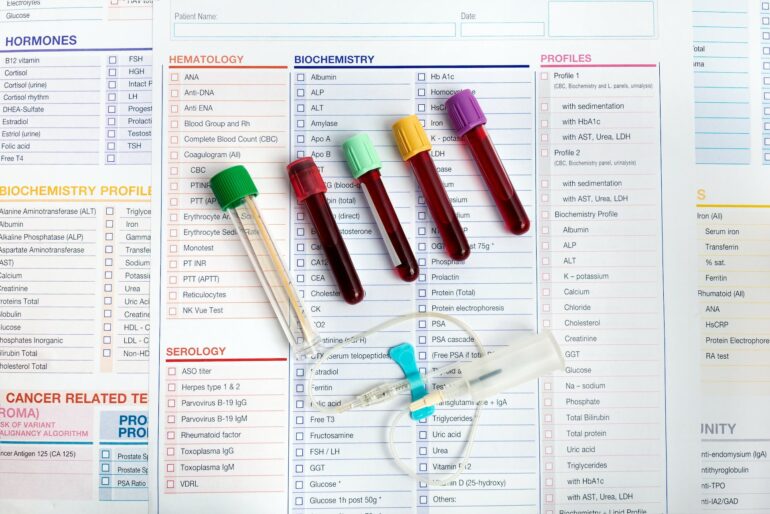Your blood serves numerous roles to maintain your health. To carry out these functions, blood contains a multitude of components, including red blood cells that transport oxygen, nutrients and hormones; white blood cells that remove waste products and support the immune system; plasma that regulates temperature; and platelets that help with clotting.
Within the blood are also numerous molecules formed as byproducts of normal biochemical functions. When these molecules indicate how your cells are responding to disease, injury or stress, scientists often refer to them as biological markers, or biomarkers. Thus, biomarkers in a blood sample can represent a snapshot of the current biochemical state of your body, and analyzing them can provide information about various aspects of your health.
As a toxicologist, I study the effects of drugs and environmental contaminants on human health. As part of my work, I rely on various health-related biomarkers, many of which are measured using conventional blood tests.
Understanding what common blood tests are intended to measure can help you better interpret the results. If you have results from a recent blood test handy, please follow along.
Blood samples go through several processing steps after they’re drawn.
Normal blood test ranges
Depending on the lab that analyzed your sample, the results from your blood test may be broken down into individual tests or collections of related tests called panels. Results from these panels can allow a health care professional to recommend preventive care, detect potential diseases and monitor ongoing health conditions.
For each of the tests listed in your report, there will typically be a number corresponding to your test result and a reference range or interval. This range is essentially the upper and lower limits within which most healthy people’s test results are expected to fall.
Sometimes called a normal range, a reference interval is based on statistical analyses of tests from a large number of patients in a reference population. Normal levels of some biomarkers are expected to vary across a group of people, depending on their age, sex, ethnicity and other attributes.
So, separate reference populations are often created from people with a particular attribute. For example, a reference population could comprise all women or all children. A patient’s test value can then be appropriately compared with results from the reference population that fits them best.
Reference intervals vary from lab to lab because each may use different testing methods or reference populations. This means you might not be able to compare your results with reference intervals from other labs. To determine how your test results compare with the normal range, you need to check the reference interval listed on your lab report.
If you have results for a given test from different labs, your clinician will…



